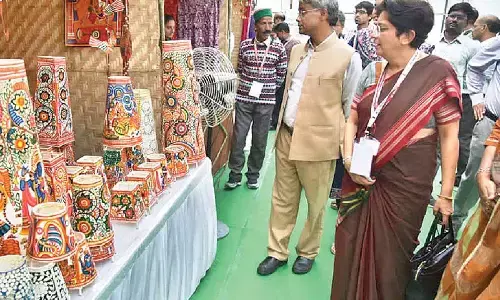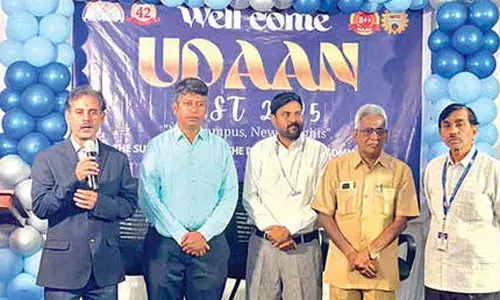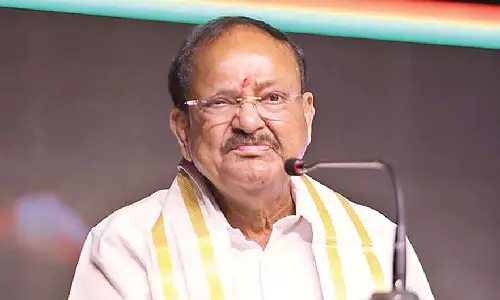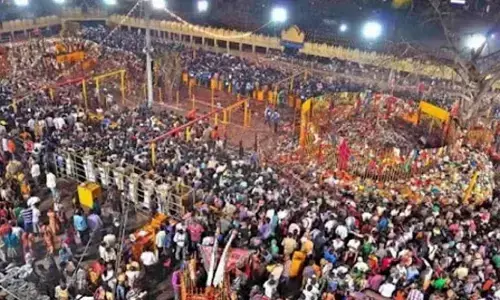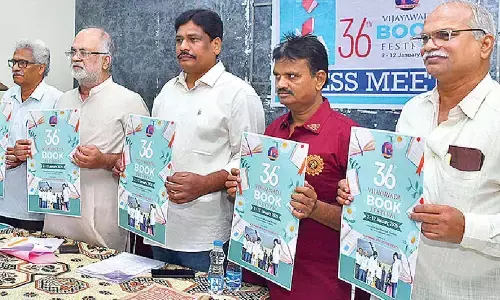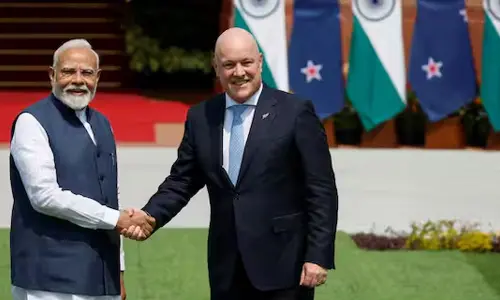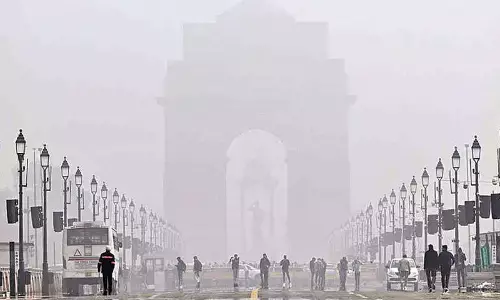Time as a constituent of Nature

Time as a constituent of Nature
Children’s stories, in almost every known language, invariably begin with the equivalent of the expression ‘once upon a time’ generally referring to something that happened a long time ago and, very often, in an imaginary world
Children's stories, in almost every known language, invariably begin with the equivalent of the expression 'once upon a time'…, generally referring to something that happened a long time ago and, very often, in an imaginary world.
It will be recalled that the runaway success TV serial Mahabharat began with a narration by B R Chopra beginning with the famous words "Main samay hoon" ..., at the beginning of each episode signifying the passage of time and the events that occurred along with it.
It was my father who taught me, during my college days, the difference between 'time' and 'the time'. While the first states the time of the day, the second deals with the phenomenon of time as a constituent of Nature. Time has been the subject of study in religion, philosophy and science from times immemorial (there I go again, using that word 'time' again in a different context!), in a variety of activities such as business, industry, sports and the sciences, not to mention the fine arts, measurement of time enters into the equation in some form or other.
Vedic Hindu Scriptures describe how the cosmological cycle comprises the universe going through repeated cycles of creation, destruction and rebirth. Ancient Greek philosophers such as Parmenides, Heraclitus, Plato and Aristotle also associated the concept of time with the movement of heavenly bodies. Aristotle in fact defined time as 'movement in respect of the before and after'.
The importance of time is illustrated in many day-to-day usages such as 'time and tide wait for no man', to quote Chaucer, emphasising the inevitability of things such as birth, death and the continuing cycle of day and night etc. 'Time is money', an expression first used by Benjamin Franklin in his 18th century essay 'Advice to a Young Tradesman' in George Fisher's book 'The American Instructor or Young Man's Best Companion'. Other such expressions include 'in the fullness of time', 'at the appropriate juncture' and 'when the time is ripe'.
We had noted, in an earlier piece in this column, that all over the world, the practice exists of people identifying, and following, 'auspicious', and 'inauspicious' times for doing important things or undertaking important tasks. Here is another example of the measurement of time becoming important in day to day life.
It is also pertinent to note that most of the newspapers in the world, use the word 'times' in their names. That is clearly done to convey the message that they deal with matters that are of contemporary interest or importance.
We are all familiar with the phenomenon of' jet lag' which we experience after travelling long distances in a short time like, for instance, in a jet plane from, say, Hyderabad to New York. One finds oneself at a different point of the day at New York, but the circadian rhythm of the body remain tuned to the time at Hyderabad. It is but natural that acclimatisation of the physiological condition to the new time zone takes time, sometimes as long as a couple of weeks.
Time, and its measurement, thus, are interwoven with our lives in many such ways. While on the subject of time zones, I can never forget the spectacular sight the rising sun presented as one crossed Hawaii travelling from San Francisco to Singapore in a West bound flight.
Speaking about time, I have experienced a strange dimension of it. One often finds that time appears to pass very slowly, when one is relatively free from commitments and obligations. On the other hand, when one's hands are full, time appears to fly. My own experience has been that, during postings which kept me really busy, with little time to spare to engage in my extra professional interests, I strangely found myself able to do things like writing, reading exercising regularly, playing games or catching up on correspondence with friends and relatives.
On the other hand, paradoxically enough, it was when I was relatively free from official work, I found it difficult to get in to the mood to undertake creative pursuits like composing articles or constructing theoretical case studies for use in my classes for Civil Service aspirants. one can only put this strange phenomenon down to the quality of effort in a unit of time applying equally to all activities, professional or creative, when one is working in different gears!"
It was in this context that my guru, Vivek Agnihotri, (whom I fondly call my 'boss'), introduced me to what he calls the concept of 'fractured time'. Periods of inactivity and hectic schedules, he advised me, occur like the fissures in a fractured bone – irregular and with crests and troughs of sharply varying length. Therefore, according to him, one should be ready with a shelf of ideas and outlines of 'thought projects' to be undertaken when one finds oneself unexpectedly free, with plenty of time on hand.
We are all familiar with the concept of the past, the present and the future. The past is behind us and fixed forever. The future, on the other hand, is an unknown commodity which can take any form. We also know that, according to the laws of physics, any process can be reversed in any direction of space but cannot proceed forward and backward in time.
The inexorable manner in which time goes in the forward direction and in the increase, therewith, the total amount of disorder in the universe is depicted in the third law of motion of Isaac Newton. And, strangely enough, life is a classic example of precisely the opposite, namely of structure and order and, therefore, has been regarded by scientists as a freak accident of nature!
(The writer is former Chief Secretary, Government of Andhra Pradesh)








